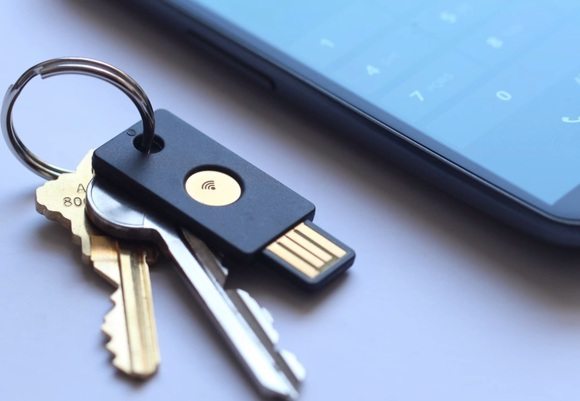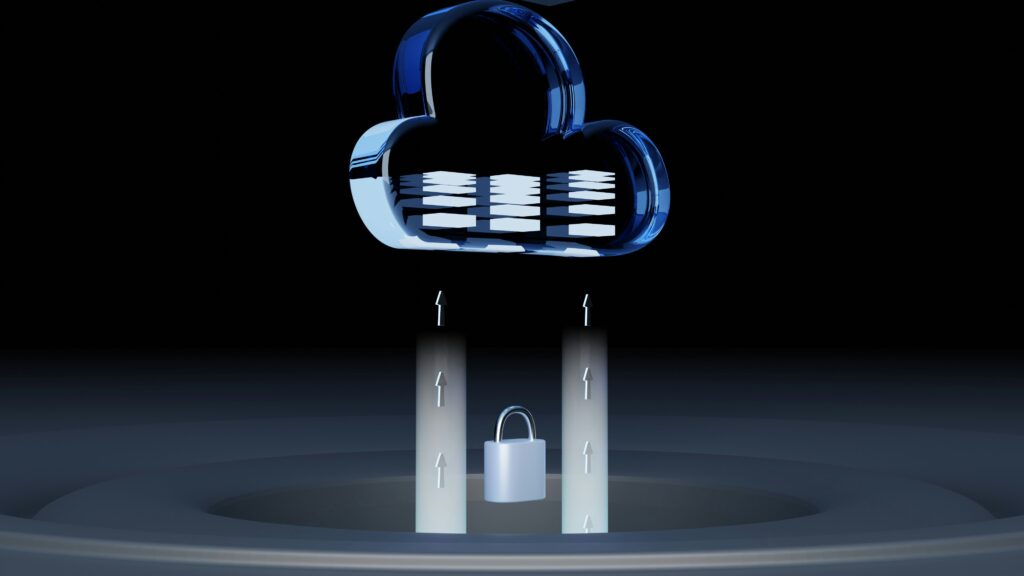There are a few common threads that seem to exist across the major data breaches of the last couple years. One of those is the fact that the attackers are often accessing the network and stealing gigabytes or terabytes of data simply using stolen or compromised credentials. If those organizations used two-factor authentication for access to sensitive data, the information would still be safe on their servers.
I wrote about the impact two-factor authentication could have on data breaches in this blog post:
There have been so many major data breaches over the past year or two that it’s hardly even news anymore when millions of customer accounts are compromised. We’ve become jaded, and just expect that attackers will find a way to penetrate our networks and steal our data. The reality, however, is that there is one simple thing companies—and individuals—can do that will prevent the vast majority of data breaches: two-factor authentication.
“While people may claim that the attackers in these breaches are advanced, sophisticated, or state-sponsored, their actual execution is quite simple in nature,” declared Jon Oberheide, co-founder and CTO of Duo Security. “Simple phishing and other credential theft attacks have not only been the initial entry vector to these companies, but also how attackers move laterally within an organization to reach their eventual target.”
Oberheide warns that companies are setting themselves up for attack if they don’t implement two-factor authentication. “It’s expected that attackers will take advantage of that and find the path of least resistance.”
Two factors are better than one
There are three ways to authenticate an identity: something you know like a password, something you have like a USB key, and something you are, like a fingerprint. Usernames and passwords are still the primary means of authentication for most companies, people, and devices, but they only represent a single factor, because they’re both something you know.Usernames are generally trivial to guess, and passwords are relatively easy to crack or compromise. Attackers also often acquire usernames and passwords through phishing attacks. In the case of breaches like Target, or Home Depot, or Sony, the attackers were able to obtain valid username and password credentials to access the network, and the rest is history. Had those organizations used two-factor authentication, and also required something you have or something you are, the attackers wouldn’t have been able to do much with the username and password.
Read the full story at PCWorld: Data breaches can be prevented with one simple solution.
- Tackling Swivel Chair Syndrome - November 14, 2024
- Unlocking Proactive Compliance with Adobe’s Common Controls Framework - October 14, 2024
- Unlocking the Power of Continuous Threat Exposure Management - October 8, 2024



